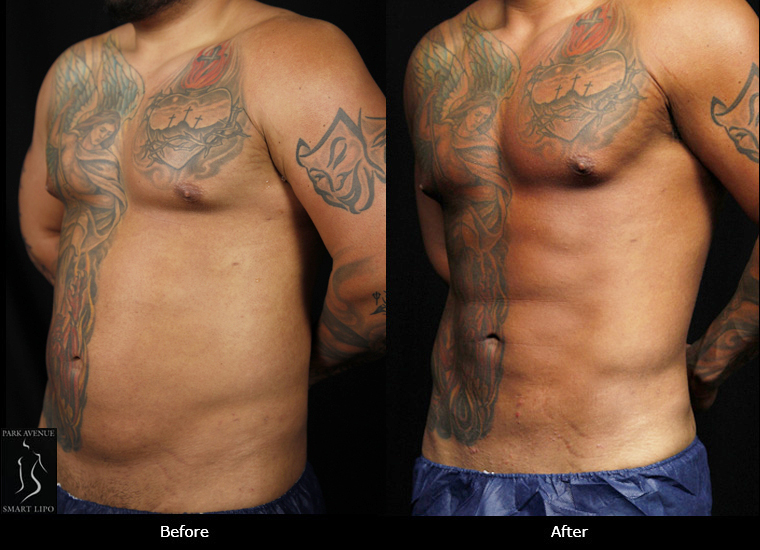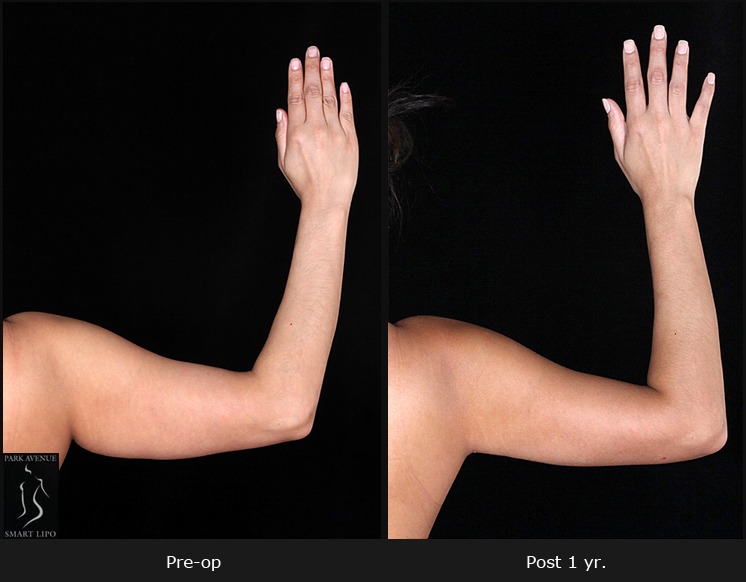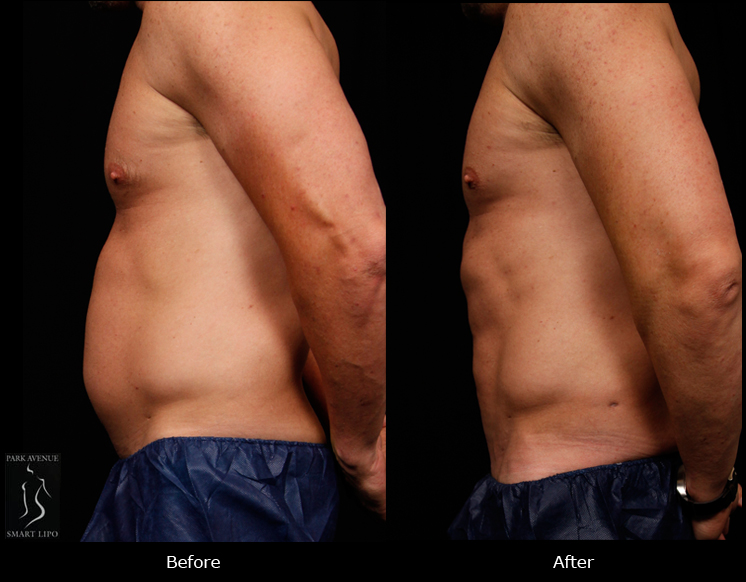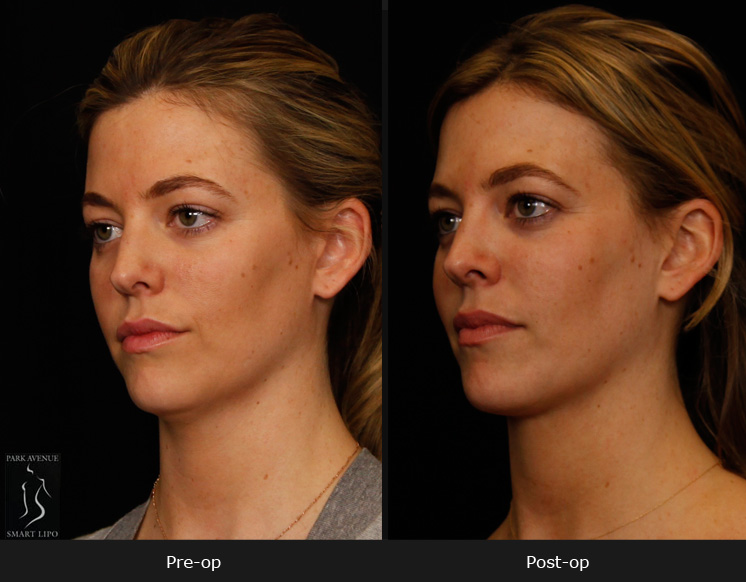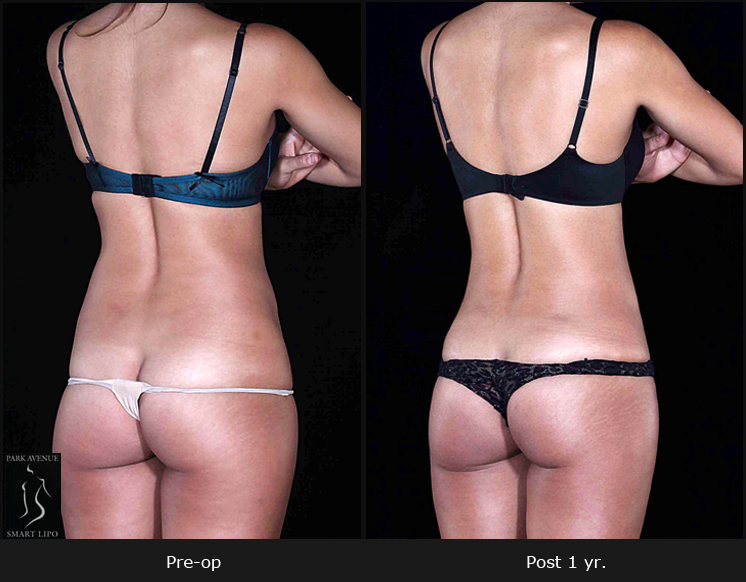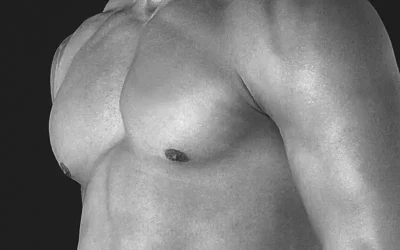Gynecomastia or male breast enlargement develops due to various varied reasons like hormonal imbalances, heredity factors, and obesity. The condition may affect one or both breasts and cannot be addressed with diet or exercise. Male breast reduction surgery is an effective solution for gynecomastia. Liposuction breast reduction in NYC helps men achieve a firmer, flatter and more masculine chest. In leading AAAASF-accredited plastic surgery practices, the procedure is performed using the minimally-invasive FDA approved Smartlipo Triplex workstation. With this laser-assisted lipolysis device, the procedure can be performed on an outpatient basis under local anesthesia.
Generally, the time needed to recover from gynecomastia treatment is 4 to 6 weeks, though this could vary depending on individual considerations. To avoid disruption of the healing process, your surgeon may advise you to take complete rest during the first two or three days after the procedure. The sutures are usually removed after a week. Be sure to follow all of your surgeon’s instructions for a smooth, speedy recovery and optimal results.
- Diet – Patients are usually advised to take clear fluids immediately after surgery. After that, you can gradually move towards to solid diets. Consume a regular meal which has high water content in it. You should add fruit juice, soft drinks, etc., to avoid dehydration. It is also essential to avoid alcohol consumption for 72 hours before and after surgery.
- Activity – You surgeon may advise you to avoid doing any strenuous activity like driving or operating the heavy machinery during the first 24 hours post surgery. Taking brisk walks from the second day onwards can promote quick recovery. You can drive and engage yourself in moderate activities on the second or third day; however, avoid strenuous activities and exercises, aerobics, running, and swimming. Daily activities can be increased gradually without going beyond your tolerance level. Most patients resume work after 2 or 3 days.
- Compression garment – Your surgeon may recommend wearing a compression garment 24 hours, for the first week post surgery. This garment will help reduce the swelling and bruising and improve the aesthetic outcome. From the second week onwards, you can reduce it to 18 hours a day. Taking proper care of your compression garment will help it last longer and prevent the buildup of bacteria. You should wash the garment in cold water and dry it. Your compression garment can be replaced with comfortable wear after three weeks.
- Medication – Avoid taking medicines like aspirin, ibuprofen, etc., during the entire recovery period as these medicines may interfere with the blood clotting system and increase the chances of rising complications. You can take a daily dose of multivitamin or vitamin E tablets.
- Be careful when taking already prescribed medicines – You must be very careful when taking already prescribed medicines. You should start them after two days or 48 hours of the surgery. Avoid drinking alcohol and smoking prior to and following the surgery as it can reduce blood flow and compromise healing.
Maintaining healthy, hygienic lifestyle is important. Clean your incisions every day, apply the prescribed antibiotic ointment, and change the dressing.
Make sure to choose a surgeon who has extensive experience in performing the procedure utilizing Smartlipo technology. At an AAAASF-accredited plastic surgery practices, you can expect end-to-end care and support all through the treatment – from the initial consultation and till you have achieved full recovery.

